Walkabout: The History and Legend of Melrose Park, Part 4
Read Part 1, Part 2, and Part 3 of this story. The old pre-Revolutionary War estate called Melrose Hall once stood proudly in an area now considered part of Prospect Lefferts Gardens. Built in 1747, long before the street grid was laid out, and at a time when Flatbush was still a small village surrounded by…
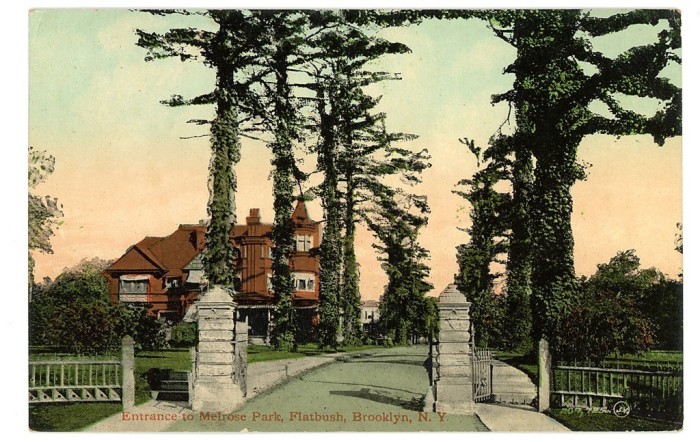
Read Part 1, Part 2, and Part 3 of this story.
The old pre-Revolutionary War estate called Melrose Hall once stood proudly in an area now considered part of Prospect Lefferts Gardens. Built in 1747, long before the street grid was laid out, and at a time when Flatbush was still a small village surrounded by fields and farms, the large estate consisted of a rambling wood framed manor house with formal gardens, slave quarters, outbuildings, and a large working farm.
It stood approximately on Bedford Avenue, between Winthrop Street and Clarkson Avenue. The house had many different wings that spread out from the main house, one of which famously contained a large ballroom.
When people entered the gates to the estate, they passed down a road flanked by a double row of cedar trees, which formed a gracious entryway to the house.
There are several photographs of the house, but the main attraction of the house by the mid-19th century was the ghosts said to inhabit the halls. As told in Chapters One, Two, and Three of our story, Melrose Hall was said to be haunted by the mistress of its second owner, a woman who died of starvation in a secret room, so in love with the master of the house that she would rather die than reveal herself, and betray his secret.
Other ghosts were said to be the spirits of brave American soldiers tortured and killed in the secret dungeons beneath the halls, prisoners of the same man, Colonel William Axtell, a British-born Loyalist who sided with his homeland during the American Revolution. For more on his story, please read the earlier chapters.
By the mid-1800s, the house had passed to the Mowatt family. Mrs. Anna Cora Mowatt was a well-known and popular actress of her day, and she loved the estate, its history and ghostly tales.
She told them often at her popular parties in the old ballroom, and no doubt embellished the tales into the versions we have today, with the dramatic but sorrowful mistress and her callow lover.
It was she who named the estate Melrose Hall, a name she picked because of the many beautiful roses in the formal gardens around the house. The Mowatt’s came into some financial difficulties and after five years at Melrose, they sold it, and moved on.
Several owners later, the house became the property of Dr. Homer Bartlett, in 1880. By this time, Flatbush was no longer a sleepy village. The street grid had been laid, and Melrose Hall lay in the middle of a new and expanded Bedford Avenue.
The estate was now over 130 years old, and needed far too much upkeep and restoration, and since it needed to be moved or demolished for the street, Bartlett tore down all of the wings, including the elaborate ballroom, and the outbuildings, leaving only the main house intact, which was moved 400 feet back away from Bedford Avenue.
Some of the original rows of trees were also saved. In the demolition, secret cellars with chains on the walls were found, backing up the stories of Revolutionary War prisoners.
In 1884, Dr. Bartlett began selling off parts of the estate, which encompassed several blocks, to developers who planned a new community called Melrose Park, with Melrose Hall in the center of it all. Flatbush was becoming the target of suburban developers, and already, on nearby Ocean Avenue, developer Richard Ficken was planning a new suburban development that would later be called Tennis Court.
One by one, the old farms and large estates in the area were being sold off. The real estate community in Flatbush was excited about Melrose Park, which would have large suburban homes dotting the streets, all enhanced by the many old trees, and the formal entrance of the Hall.
Dr. Bartlett received the praise of these developers for his vision for the property. One realtor, interviewed by the paper in 1884 said, “Dr. Bartlett, the owner, has done well in his movement and is bound to reap a substantial reward. Everyone admires, and someone is bound to buy.”
Unfortunately, Dr. Bartlett didn’t live to see the reward, he died suddenly, and the estate was sold to William Brown in 1887. Brown came from an old and wealthy Flatbush family; his father had been the founder of the Midwood Club.
He made his initial fortune in the sale of hops and malt, and was a stockholder in the Nassau Brewing Company. His fortune spread from there, in financial, real estate and other endeavors. He also was chairman of the Flatbush Trust Company.
He bought Melrose Hall because of the grounds; he was an avid horticulturist, and one of his first projects after buying the property was to erect a number of greenhouses and conservatories on the property.
From what I can see, he never actually lived in Melrose Hall, but lived in a large new mansion built as part of the Melrose Park development, perhaps the house that is shown in all of the old postcards.
Brown was quite philanthropic, “a friend to Brooklyn’s poor” according to his obituary, and often let his greenhouses be used for fundraisers for various charitable causes. He was said to have the most extensive and important private gardens in Brooklyn, and his collection of rare and exotic plants was first rate.
Until his death in 1905, the estate played host to several annual charitable events, which made a lot of money for institutions like the Home for Incurables, a hospice located in Brooklyn. After his death, most of the flowers and plants were donated to Prospect Park.
It seems that Melrose Hall itself was used for charitable events as well, hosting parties and fund raising productions of a play by a local society lady named Jane Dransfield Stone, called “The Romance of Melrose Hall.” But the old Melrose Hall, itself, now belonged to a clergyman, the Rev. Dr. Thomas Stafford Drowne.
In 1899, Dr. Drowne died, and the estate was put up for sale. A retired sea captain named Sauter bought it, but never lived there. An article in the Eagle, in 1901, described how the old house had been put together with dovetailed joins and wooden pins.
There were no nails to be found in the superstructure. The floors were wide planked oak, and all of the window casings were made by hand, and each window had 24 hand blown panes of glass. There were staircases leading to nowhere, as the wings of the house had been taken off, and there were old Revolutionary War-era bullet holes in the roof.
This and several other articles told of the history of the house, the legends, and most importantly, the importance of the house as a rare remnant of Flatbush’s English Colonial past.
Since no one was living in the old hall, it became the local playground for young boys, who explored the so-called haunted house and vandalized it. They broke the windows, and tore the house up playing “ghost” and looking for the secret passages.
No doubt others vandalized it, and stole artifacts, as well. It seems hard to believe that this could happen under the nose of an affluent suburban community, but it did; while everyone talked about Melrose Hall, no one tried to save it.
Finally, after being for sale for several years, a contractor bought it, and in 1903, the Brooklyn Eagle announced that the house would be torn down and its timbers used to build new houses.
There was no attempt to save it, or move it. It was just another old, useless building, a remnant of a storied past, “a ramshackle historic structure,” as the paper called it. The house was torn down, relegated only to legend. The lot lay empty, as houses continued to be built around it.
By 1909, rowhouses were going up in the area still called Melrose Park. An ad in the Eagle shows these handsome two family houses built on Parkside Avenue by the Westwood Realty Company. A year later, in 1910, another article in the Eagle showed a suburban house called the Sutter House, being moved by its new owner, A.A. Brown, the president of Westwood Realty Company.
The house, which stood next door to the old Melrose Hall, was being moved so that apartment buildings could be built on Bedford Avenue on the site. One by one, the Melrose Park houses were torn down, and replaced by apartment buildings or rowhouses.
In 1929, the Eagle penned a story about a little girl who lived on Winthrop Street, who had heard the stories of Melrose Hall, and wanted to know where it was. She was told to look out her window, and look at the blocks on her way to school where the Hall and estate once stood; between Clarkson and Winthrop, Bedford and Flatbush.
The only remnant of the estate was a tree or two that had survived the urbanization of Flatbush. Nothing else survived, not Melrose Hall, or the greenhouses, or the stately row of trees. Melrose Park, the Victorian era development, was also gone, with its large homes and spacious lawns, all replaced by blocks of apartment buildings and rowhouses.
Only the legends remain, tales of hauntings, love and revenge, and those too, are mostly forgotten, except in a few books and mentioned periodically in blogs. Another opportunity to preserve the past lost to progress.
(Above postcard from 1912)
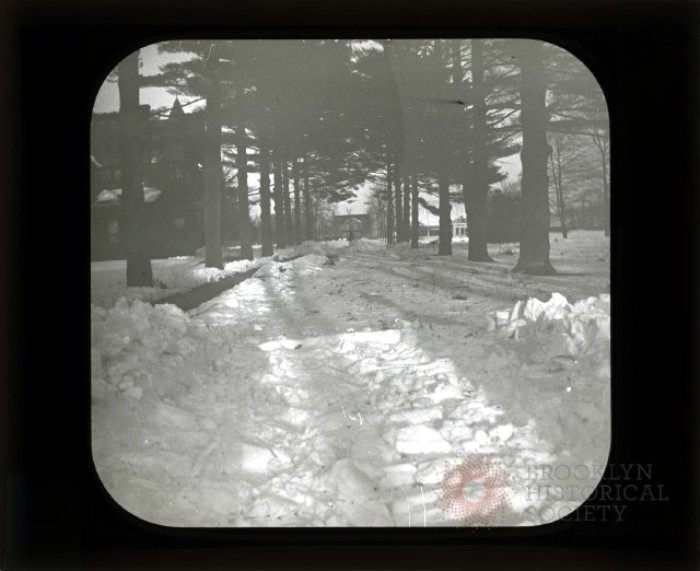
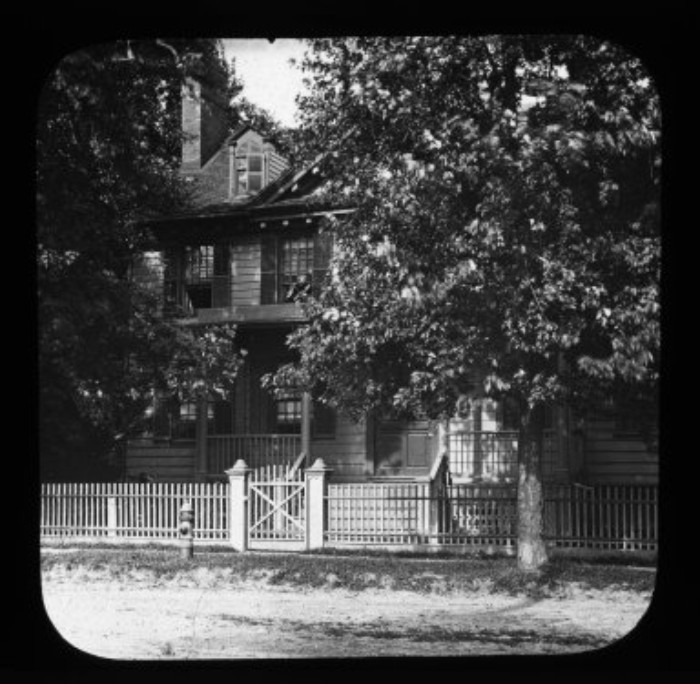
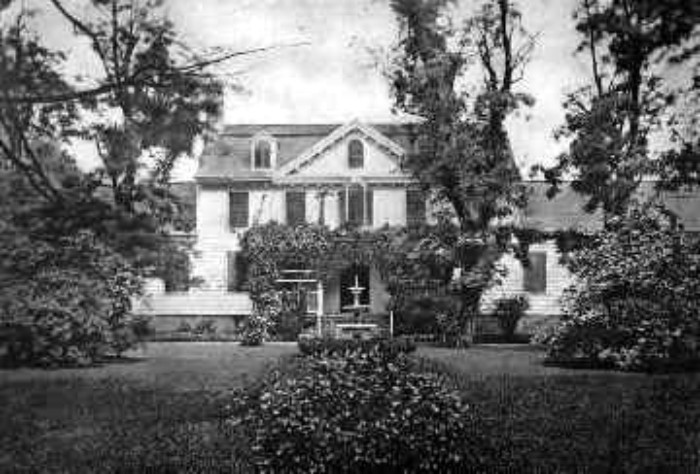

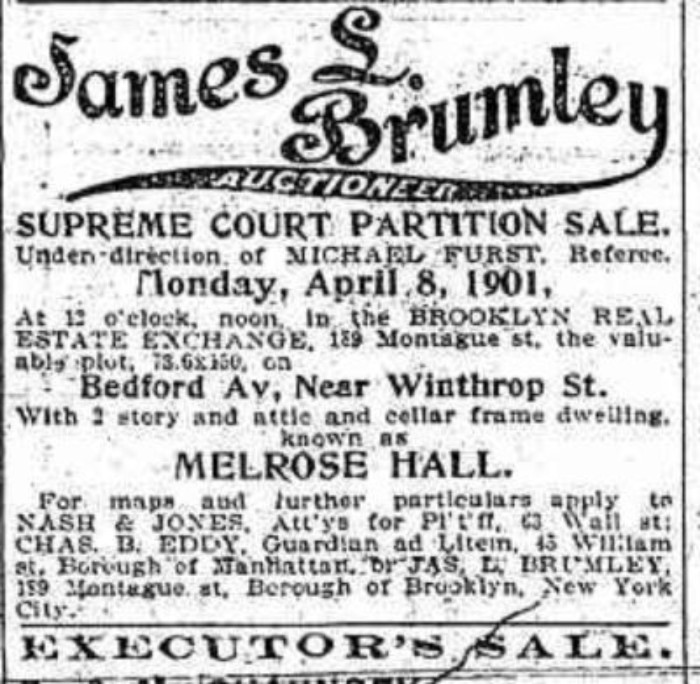


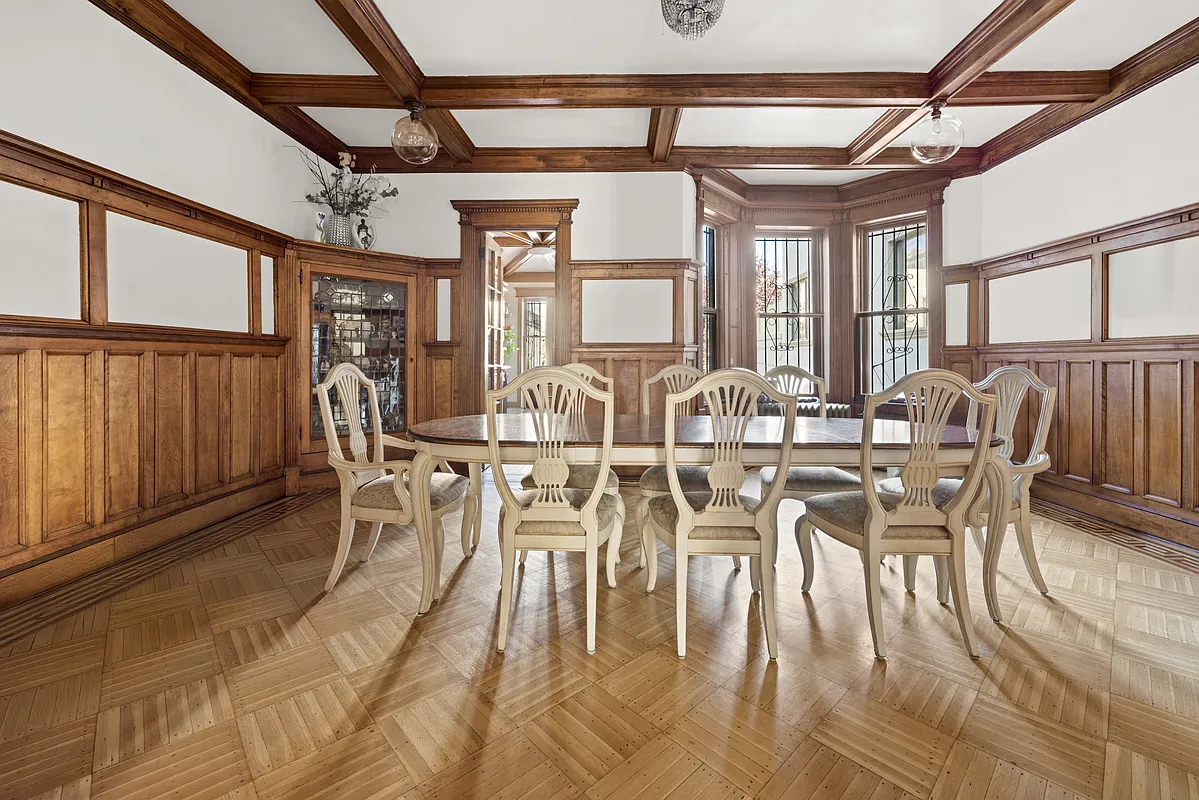
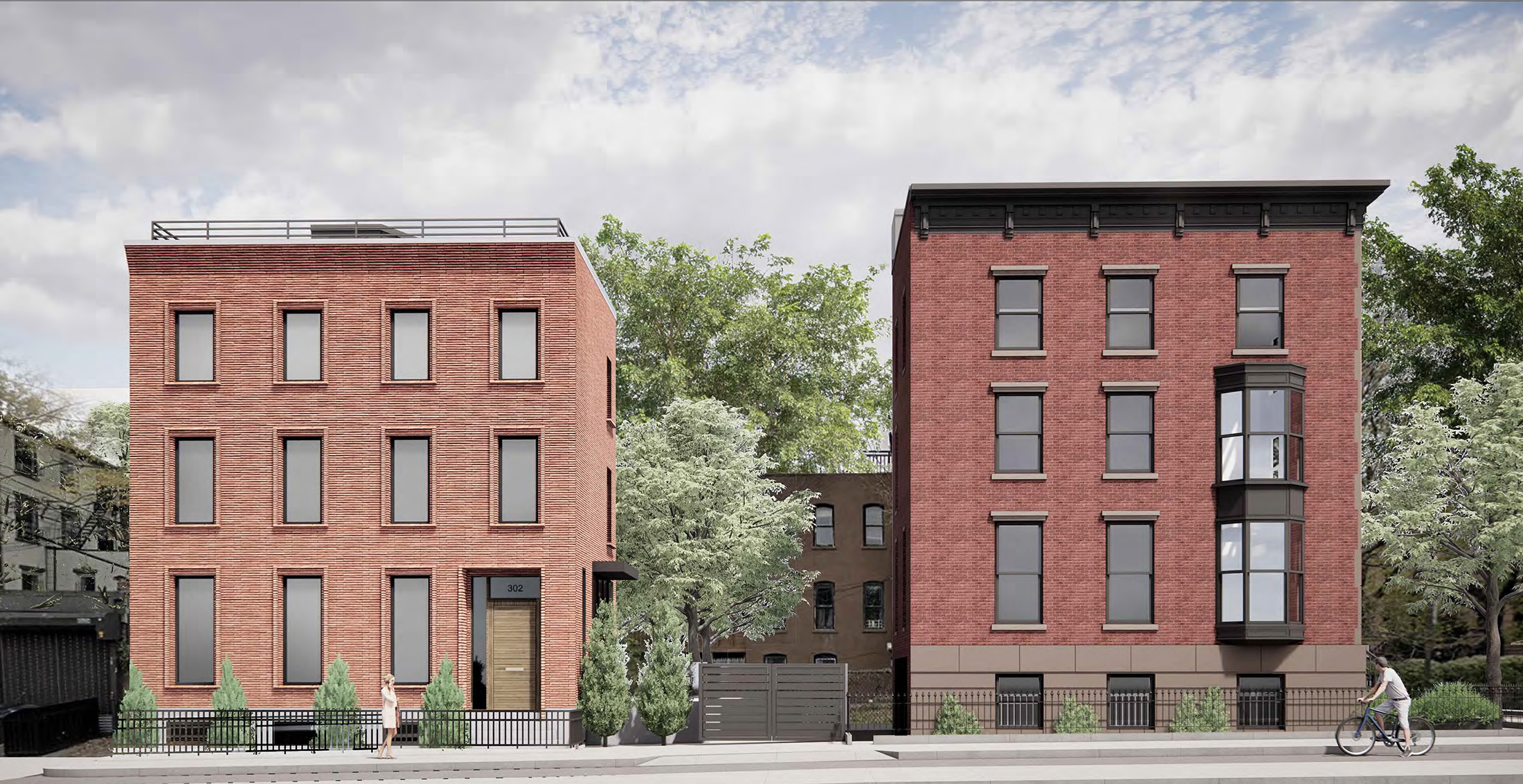
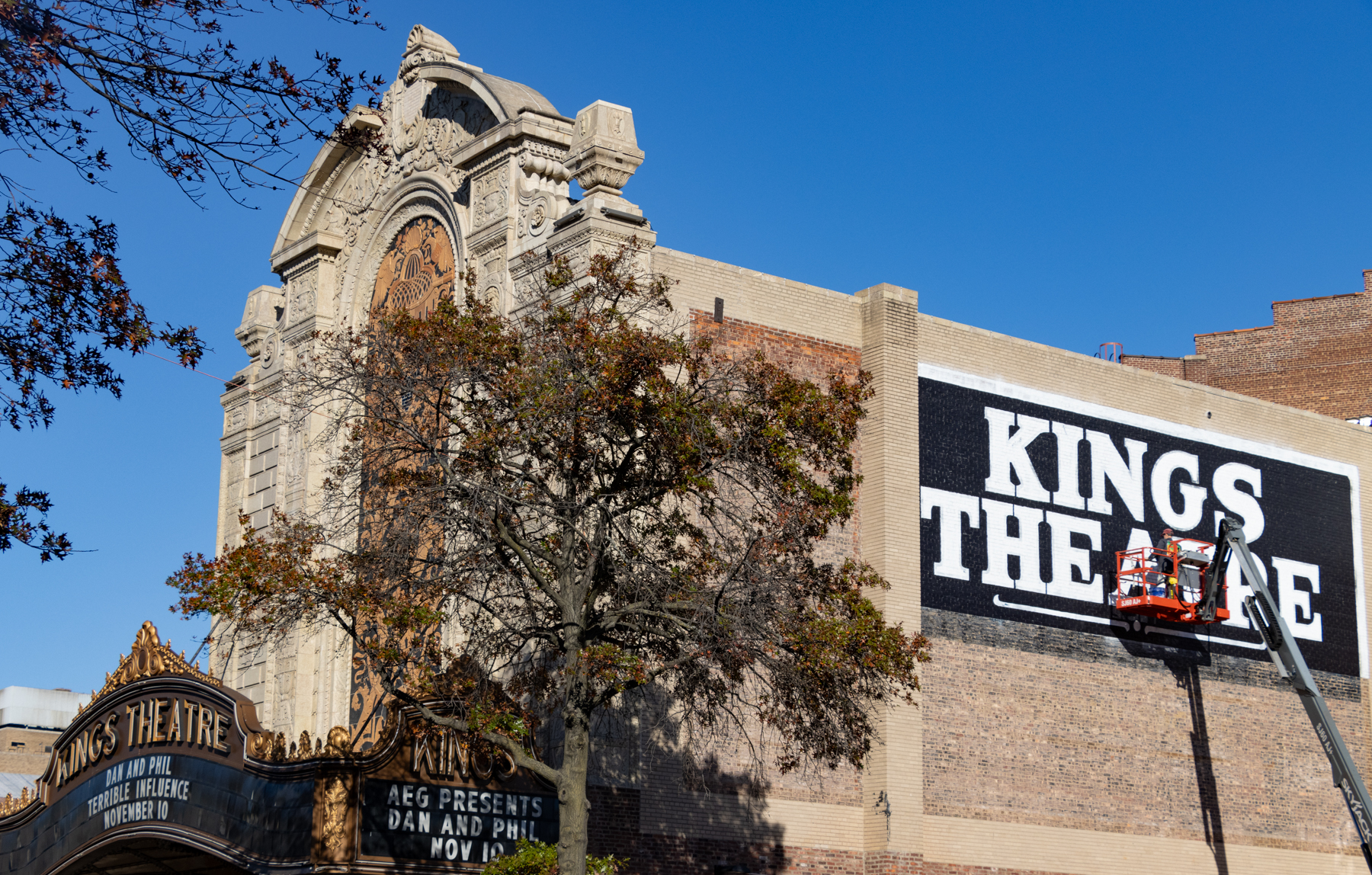
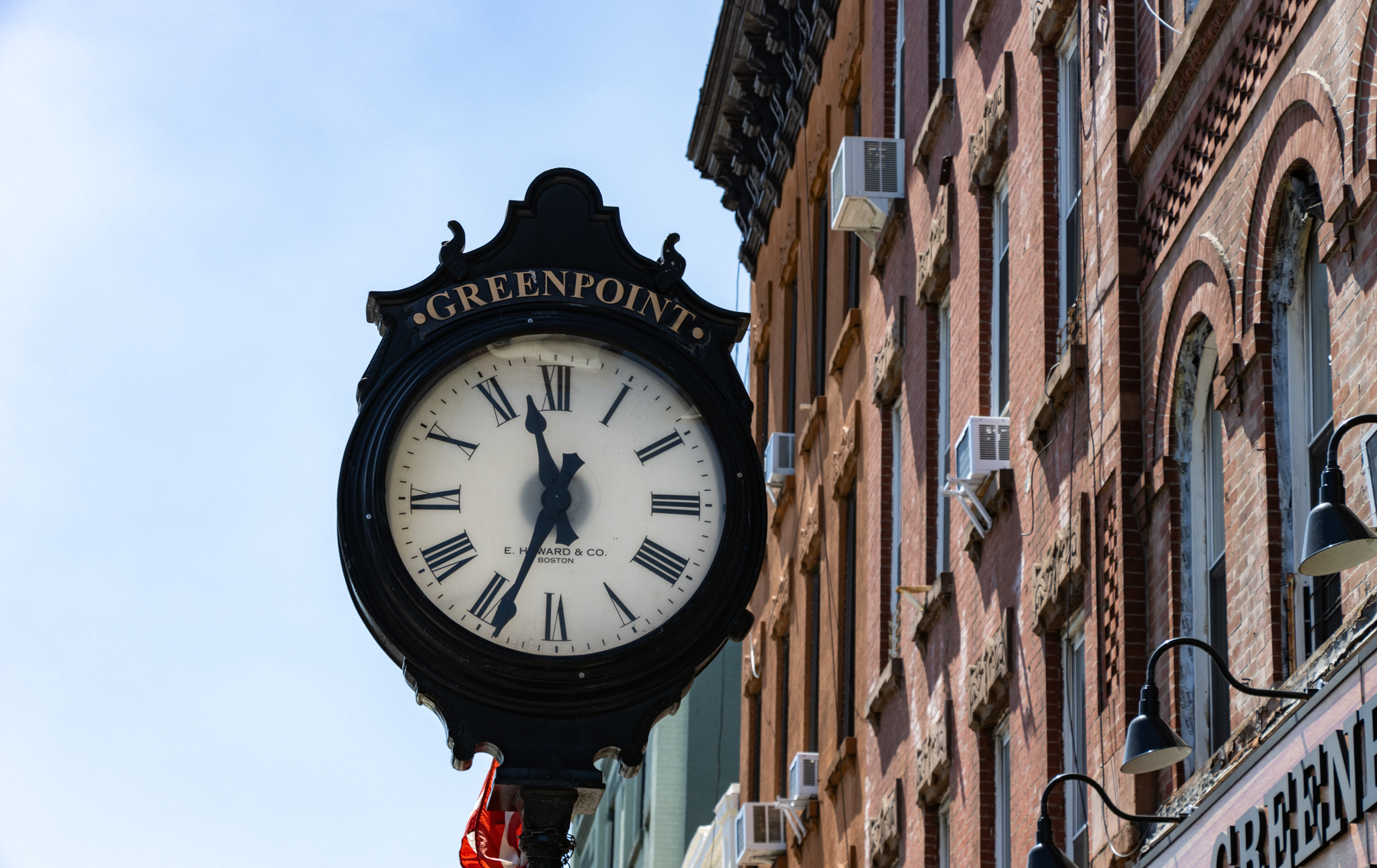




What's Your Take? Leave a Comment